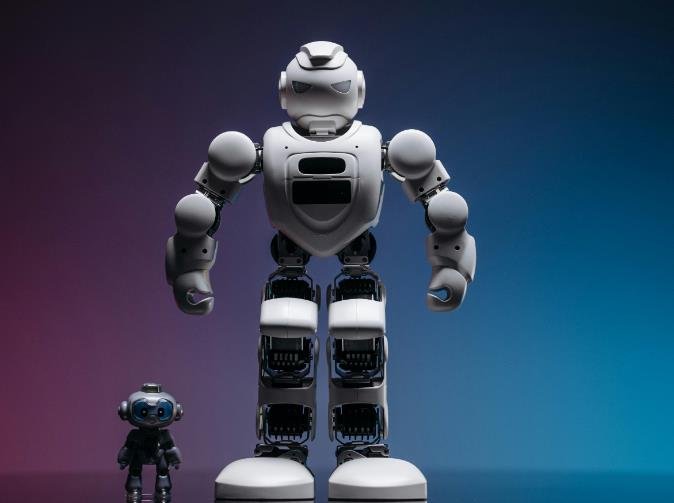Swiss scientists at the École Polytechnique Fédérale de Lausanne (EPFL) are pioneering a new frontier in technology: fully edible electronics. This innovative research aims to create robots that are not only functional but also biodegradable and safe to eat. The potential applications of these edible robots are vast, ranging from reducing electronic waste to delivering nutrition and medicines. However, the concept of consuming a robot, even one made of edible materials, raises intriguing questions and challenges.
The Science Behind Edible Robots
The development of edible robots involves replacing traditional non-edible components with food-grade materials. For instance, gelatin can be used instead of rubber, rice cookies can replace foam, and chocolate films can protect robots in humid environments. These substitutions not only make the robots safe to eat but also biodegradable, addressing the growing concern of electronic waste.

One of the significant breakthroughs in this field was the creation of an edible gripper in 2017. This was followed by the development of a drone with rice cookie wings and gelatin glue in 2022, and a rolling robot with gelatin legs and an edible tilt sensor. In 2023, researchers achieved another milestone by creating the first rechargeable edible battery made from riboflavin and quercetin, capable of powering small devices safely.
Despite these advancements, several challenges remain. Scientists are working on miniaturizing components, extending the shelf life of robotic food, and ensuring that the robots are palatable. The integration of electrical and mechanical parts in a way that maintains the robot’s functionality while being safe to consume is a complex task that requires further research and innovation.
Potential Applications and Benefits
Edible robots have the potential to revolutionize various fields, including healthcare, environmental sustainability, and food technology. In healthcare, these robots could be used to deliver targeted nutrition and medicines, monitor health from within the body, and even vaccinate wild animals. The ability to consume these robots safely opens up new possibilities for medical treatments and interventions.
From an environmental perspective, edible robots offer a solution to the growing problem of electronic waste. Traditional electronics contain hazardous materials that can harm the environment when not disposed of properly. By creating biodegradable and edible robots, scientists aim to reduce the environmental impact of electronic devices. This innovation aligns with global efforts to promote sustainability and reduce waste.
In the culinary world, edible robots could introduce new and exciting experiences. Imagine a robot that not only serves food but also becomes part of the meal. This concept could lead to novel dining experiences and culinary creations, blending technology with gastronomy in unprecedented ways. The challenge lies in making these robots not only functional but also tasty and appealing to consumers.
Challenges and Future Directions
While the concept of edible robots is fascinating, it is not without its challenges. One of the primary hurdles is ensuring that the robots are safe to consume. This involves rigorous testing of the materials used and their interactions with the human body. Researchers must also address the psychological barrier of eating something that is traditionally considered inedible.
Another challenge is the integration of edible electronics with traditional food ingredients. This requires innovative approaches to design and manufacturing, ensuring that the robots maintain their functionality while being safe and palatable. The development of edible batteries and sensors is a step in this direction, but more work is needed to create fully functional edible robots.
Looking ahead, the field of edible robotics holds immense potential. Continued research and collaboration among scientists, engineers, and food technologists will be crucial in overcoming the current challenges. As the technology advances, we may see edible robots becoming a part of our daily lives, offering new solutions to old problems and creating unique experiences.
















